|
Direct from the garden shed of a notorious eBay scammer is this absolute monstrosity. A post-war Civil Defence Corps battledress that has had a fake GWR ARP breast badge applied (these badges are complete fantasy items) with more fake GWR circular collar patches. To top it off with have Slough shoulder titles (eh???) for some reason, a couple of GWR buttons to replace the black plastic epaulette buttons and then finally out came the John Bull printing kit to add a touch of "authenticity" to the inside. So hilariously fake it's a surprise anyone would be taken in. Alas someone may will bid.
We've seen a similar attempt made to create an LNER jacket in the past. A little research can save you a bob or two people...
0 Comments
Marlows Military Auctioneers have an upcoming sale on 5 November, 2020 that includes a number of lots with ARP and Civil Defence interest. One lot contains a variety of celluloid matchbox covers - for the ARP, Auxiliary Fire Service, Home Guard & Civil Defence, a collectable ARP ashtray and ladies' compact.
A group photo of members of London's Auxiliary Ambulance Service. I assume this is early in the war given that only bluette overalls are in evidence. I've not seen many photos of LAAS insignia on bluette.
See this previous blog post on LAAS lapel badges. Image courtesy of Matthew Smaldon. The collecting of second world war home front paper ephemera has seen increased interest over the past few years. Before and during the war a plethora of magazines, booklets and pamphlets were issued by the government, local authorities and various newspapers etc with regards to air raid precautions. The below, subtitled "A Comprehensive Guide in Graphic Narrative", is one such example. They often contain very interesting photos of Civil Defence personnel as well as information on air raid shelters (often showing perfectly dry, well appointed Anderson shelters and not the damp, flooded, freezing hovels many remember the shelters to be).
Prices for these magazines continue to grow and many are now reaching into the £20+ mark. I can recall seeing many such magazines literally in pieces in crates at militaria shows twenty years ago... An interesting chart detailing the common bombs dropped by the Luftwaffe during the second world war. Probably used as a teaching aid (with the cheeky dig that "Ours Are Better"...). Thanks to George for sharing.
The German air force dropped mainly High Explosive (HE) and Incendiary Bombs (IB) plus some anti-personnel bombs (such as the butterfly cluster bombs) on Britain during the second world war. HE bombs were used for their destructive force and blast effect on buildings; IBs were intended to caused major fires. An aircraft might contain both types. Initially, the more common German HE ordnance were the 50kg and 250kg bombs. Bombs types were defined by SC, SD or PC, for example, a SC250 would be a general purpose 250kg Sprengbombe Cylindrich. HE bombs would also be fitted with different fuses - short or long delay. The majority of bombs dropped on Britain during the war were of the SC type. The largest 1,100lb shown below equates to 500kg (not shown are the 1,000kg 'Hermann' or 1,800kg 'Satan'). The last bomb on the chart is a 250kg oil bomb (German: Flammenbombe). The armour piercing bomb shown was prefixed SD (Sprengbombe Dickwandig). They came is various sizes from 50, 250, 500 to 1,700kg and due to their penetration qualities were used primarily against ships and concrete emplacements. The PC (Panzerbombe Cylindrich) armour piercing bomb had a thicker nose and shell with only 20% of the total weight being explosive; these were used against ships and fortifications. To read more about how unexploded bombs were dealt with see Chris Ransted's Bomb Disposal in World War Two. To learn more about the various bombs dropped by the Luftwaffe see Air Dropped Ordnance. |
Please support this website's running costs and keep it advert free
Categories
All
Archives
June 2024
|
|
|
Copyright © 2018–2024
|
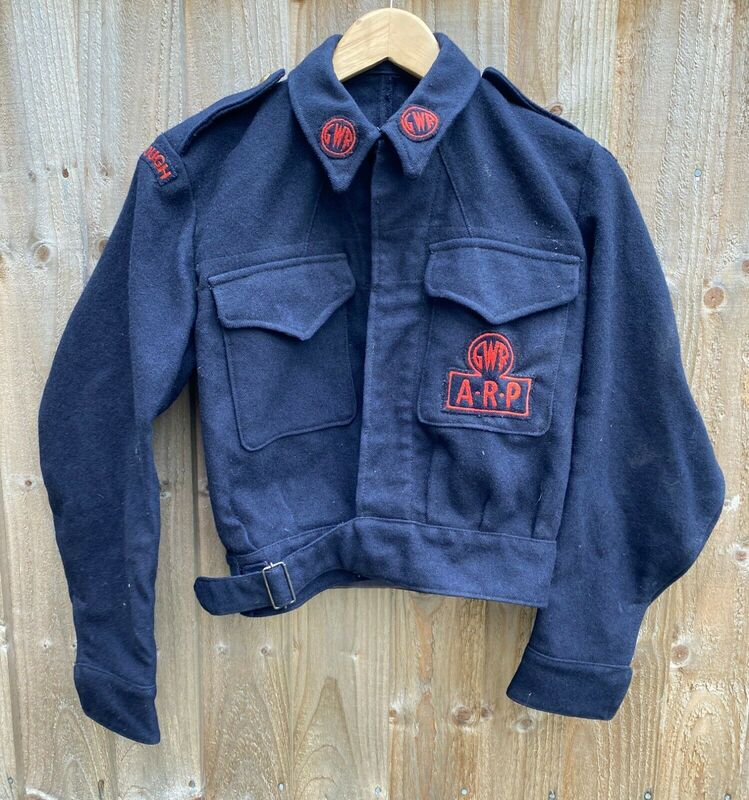

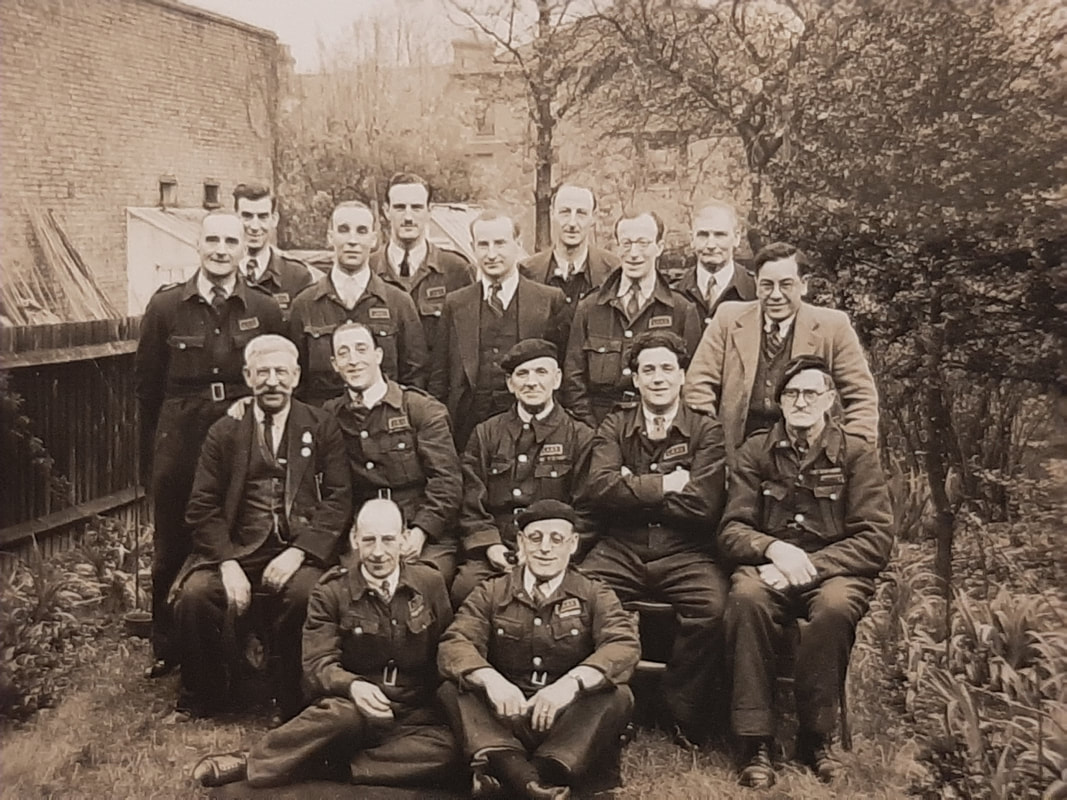
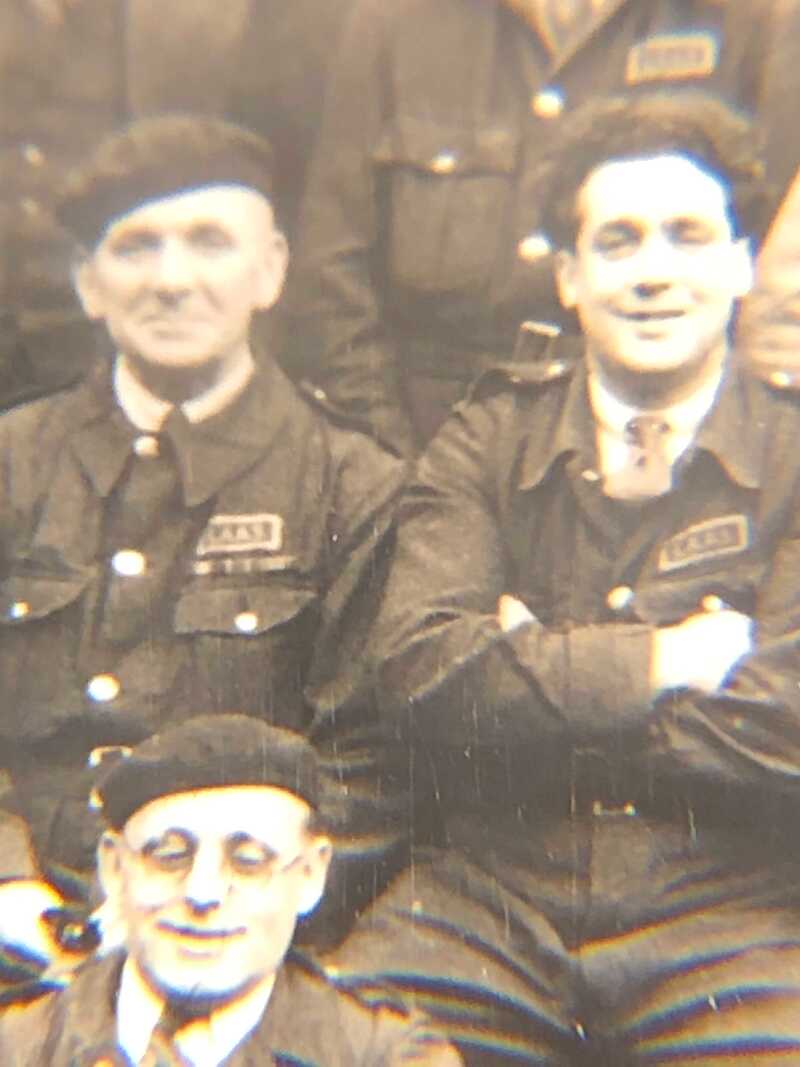
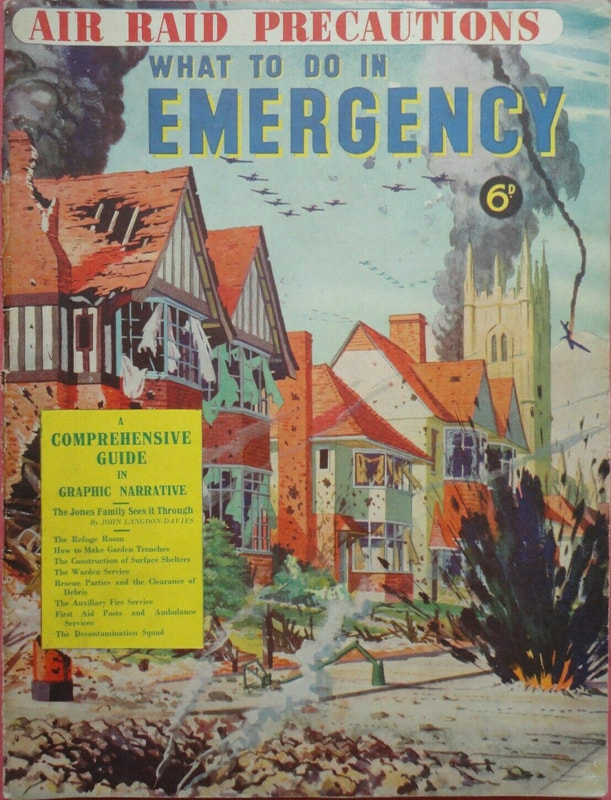
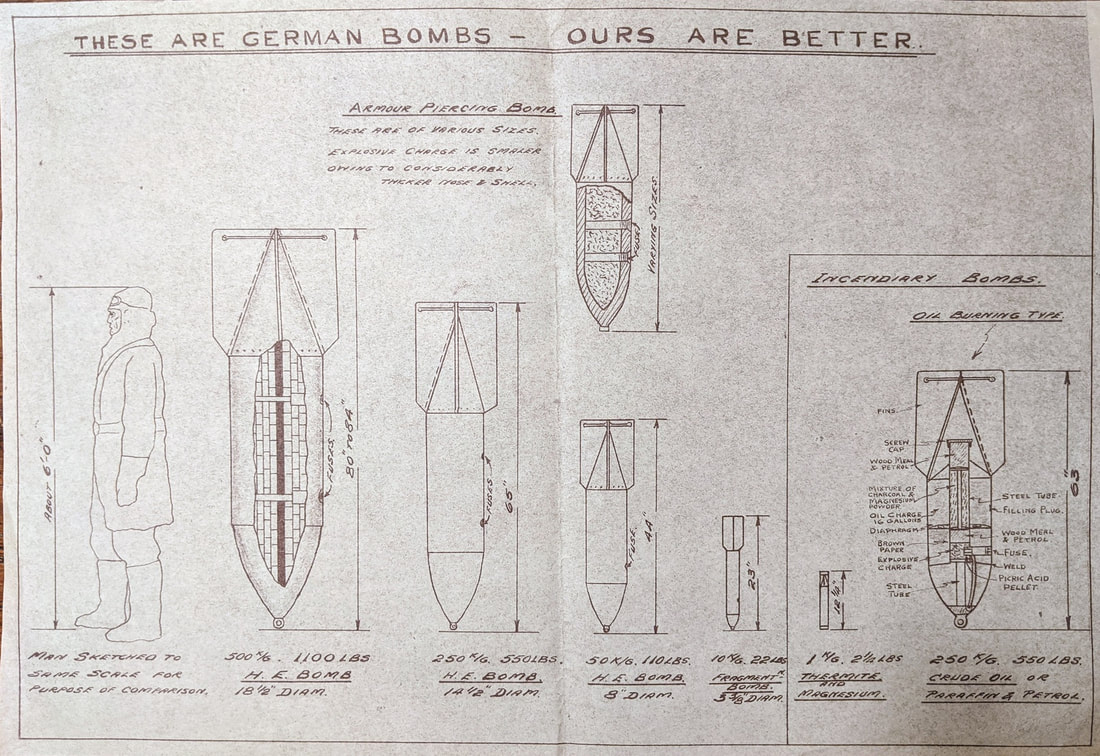
 RSS Feed
RSS Feed